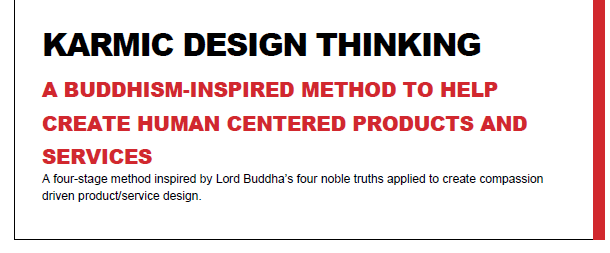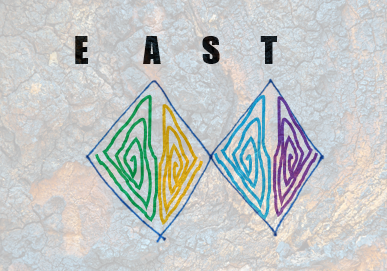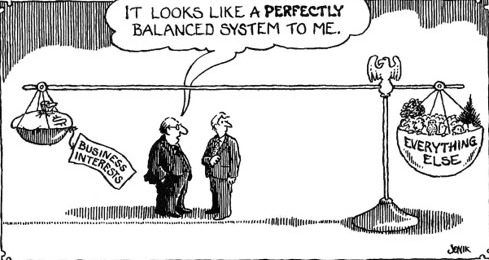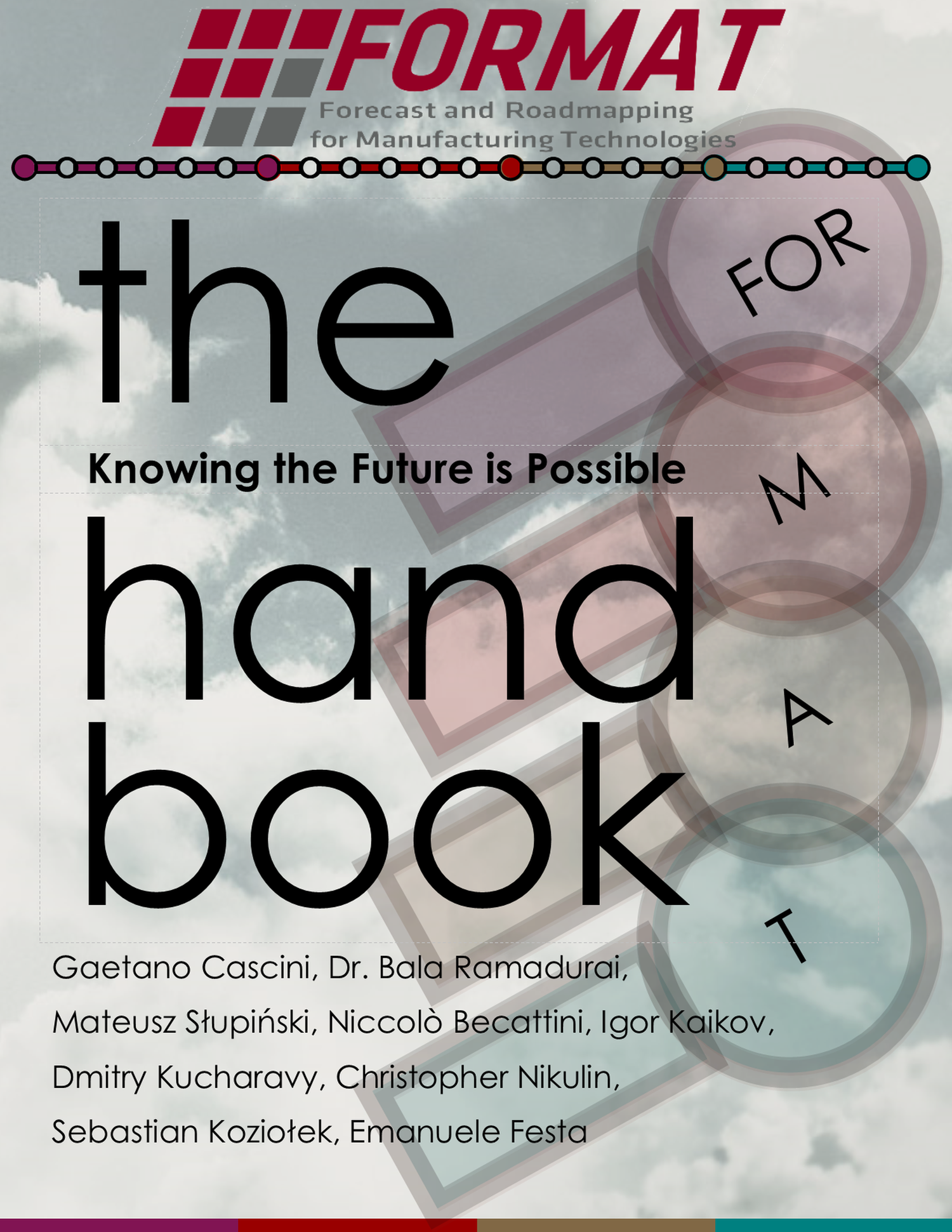An imaginary island. A handful of people forced to serve under an evil man. His compassionate daughter eyeing the leader of the forced labourers. Makings of a great masala movie.
Yes, this was the point where, the leader of the forced labourers, the Tamil Matinee idol, MGR (Actor MG Ramachandran) sang on screen “Yen endra kelvi ingu ketkaamal vaazhkai illai” or “There is no life without asking the question ‘Why’”.
This song was from the movie “Aayirathil oruvan”, the 1965 blockbuster.
The question “why” is very essential not only in that movie, but in Design Thinking as well.
Design Thinking, as a skill, can be learnt by practicing the methodology on real world problems. I run an online course on Design Thinking on a Govt. of India platform called SWAYAM where close to 32,000 learners have learnt Design Thinking already.
What I have got in return (apart from lots of love 😍) is the variety of questions that have been asked by so many curious learners. This Ask the DT Doc series can be helpful to anyone – a beginner, intermediate or advanced learner of Design Thinking. (Also checkout https://dt.balaramadurai.net for the book on Design Thinking)
This post will cover the question “How do I apply the Multi-Why technique in a complicated problem and in a large team?”
Continue reading
















